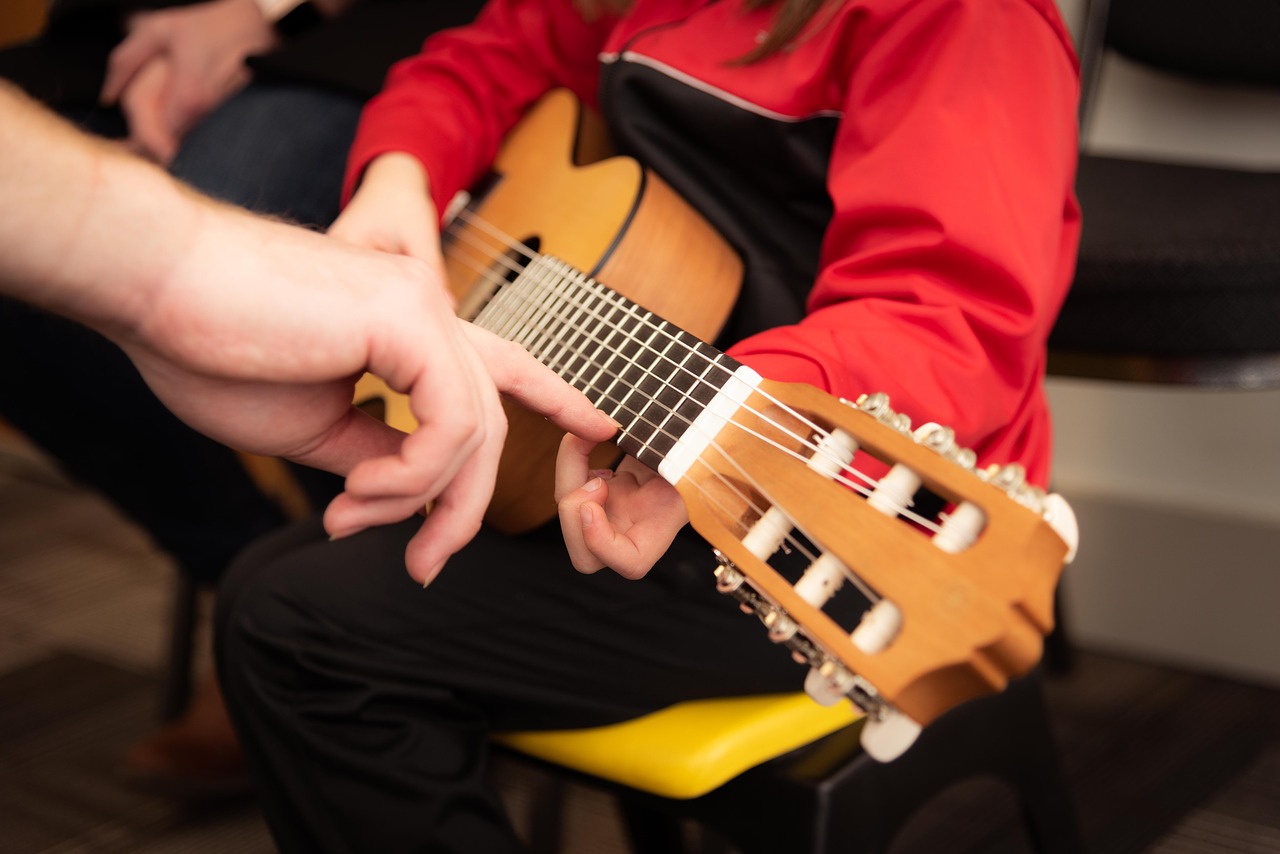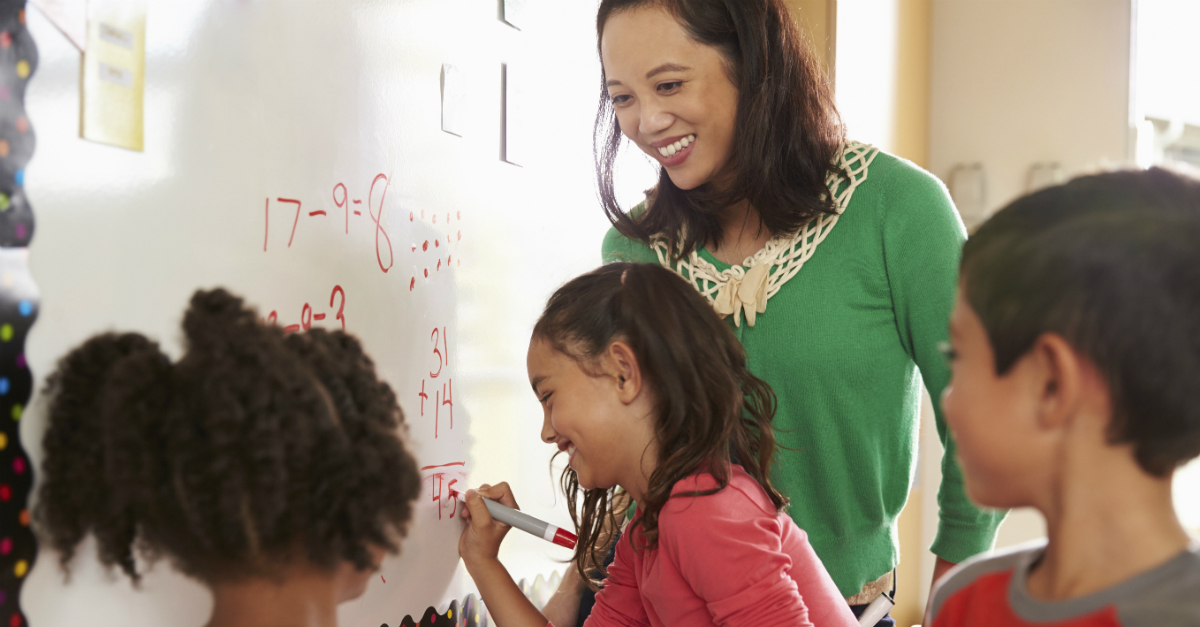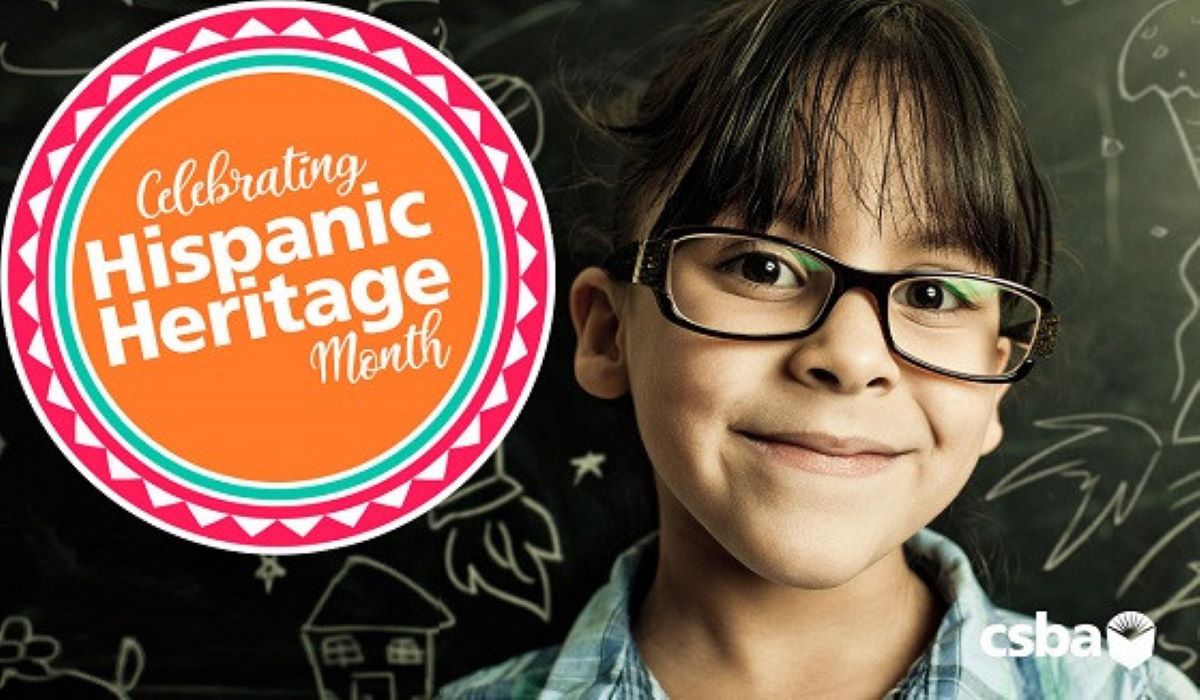In 2007, SRI International released a report evaluating how California school art programs were meeting state goals. The state Education Code requires schools to offer courses in four arts disciplines — dance, music, theater and visual arts — to all K–12 students. The resulting report, An Unfinished Canvas, found that “although some California schools have excellent arts programs in place, with well-trained teachers, standards-aligned curricula, and high-quality facilities and materials, most do not. Instead, arts education in California is plagued by a lack of funding, underprepared elementary-level teachers, and inadequate facilities. It suffers from uneven implementation and is often crowded out by other curricular demands. As a result, most students in California do not receive instruction at the level required under state policy.”
The research organization recently released a follow-up report, Creativity Challenge: The State of Arts Education in California, to measure progress made in schools since the last report, examine the systems of support for these programs, and identify ways in which state and local policymakers might improve access to arts education in schools. The report notes that the analysis was done during the 2019–20 school year, one that ended with school closures and a scramble to institute remote learning as the COVID-19 pandemic set in. It also notes that in 2021 and 2022, the state enacted a host of new policies that may improve students’ opportunities to experience arts education in schools. Most recently, in June 2022, the new state budget included an increase to base funding for the Local Control Funding Formula by $9 billion, the largest single-year increase to the formula since its inception in 2013.
While the report finds improvement in some aspects of arts education, California schools are still not meeting state goals. “Moreover, a persistent pattern of inequity emerges from our current data. Elementary schools, court and community schools, and schools serving high proportions of children from low-income families have less access to arts instruction, face more barriers to increasing access, and are less likely to have dedicated rooms with specialized equipment for the arts,” the report states.
The report was based upon a statewide school survey, case studies and analysis of data from the California Department of Education.
The gains
The number of teachers across all arts disciplines grew by 17 percent from 2014 to 2019. At the same time, there was just a 5 percent increase in teachers overall. The increase in arts instructors was highest in visual arts and music and the greatest increase occurred in arts-related career technical education.
In step with the increase in teachers, visual arts and music instruction increased for elementary students, although significant inequities remain. The gap between schools serving high- and low-poverty communities was 22 percentage points in music and 28 percentage points in visual arts.
The same situation echoed in secondary schools, in which students attending larger high schools and schools serving relatively affluent urban or suburban communities had greater access to all four required arts disciplines as well as to advanced arts courses.
While student enrollment in grades 6-12 arts courses has remained stagnant as a percentage of the student population, enrollment in the CTE Arts, Media and Entertainment (AME) industry sector increased by 50 percent between 2014 and 2019. CDE data shows that for the 2018–19 year, at least twice as many students were enrolled in CTE AME courses than in any other industry sector.
The status quo
Although the state Education Code stipulates that all students should have access to sequential,
standards-based courses in dance, music, theatre and visual arts, only 11 percent of school leaders
said their schools offered all four disciplines — the same percentage as in 2006. Seventy-nine percent of schools, however, provided these courses in at least one of the arts disciplines — an improvement of 8 percentage points.
As in the 2006 study, the update found that inadequate funding was the most-cited barrier to increasing access to arts education, with 74 percent of school leaders ranking it as serious or moderate. Other barriers included a lack of qualified staff and competing priorities. Like other trends in this report, schools serving higher concentrations of students from low-income families and schools serving majority-students-of-color populations faced more barriers to increasing arts instruction. Similarly, majority-white schools reported fewer barriers than majority-Hispanic, -Asian or -Black
schools.
Digging into those numbers, researchers found that schools serving more affluent communities were more than 10 times as likely to rely on parent group funds to support arts education than schools serving California’s least affluent communities. Consistent with 2006 findings, while only 6 percent of schools serving low-income communities relied on parent fundraising to supports arts education, 68 percent serving more affluent communities used parent funding for the arts.
Recommendations
The report makes recommendations to continue growing arts education through policy and local action.
At the state level, the report recommendations include:
- Increasing visibility into schools’ arts education programming by leveraging CALPADS to collect data on, examine access to and participation in arts education and ensure visibility into enrollment by student subgroups (e.g., English learners, students with disabilities)
- Establishing an incentive grant program, modeled after the CTE incentive grant program, that prioritizes California’s underserved communities and allows applications from county and district consortia and partnerships with community-based arts organizations
- Supporting the development of teacher residency programs through which artists can obtain a teaching credential, including grow-your-own arts specialist programs
At the district and school level, recommendations include:
- Collecting arts course enrollment data by subgroup to determine where more courses are needed
- Including the arts in the Local Control and Accountability Plan
- Using Elementary and Secondary School Emergency Relief III funds to address the impact of lost instructional time in the arts through summer, after-school and other extended school day and year programs
- Contracting with community-based arts organizations to provide culturally responsive arts experiences





